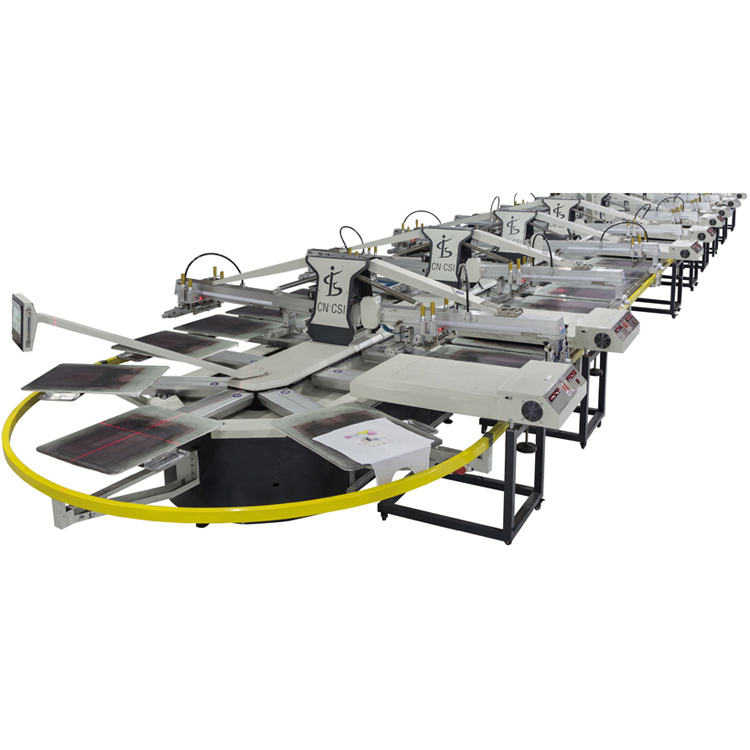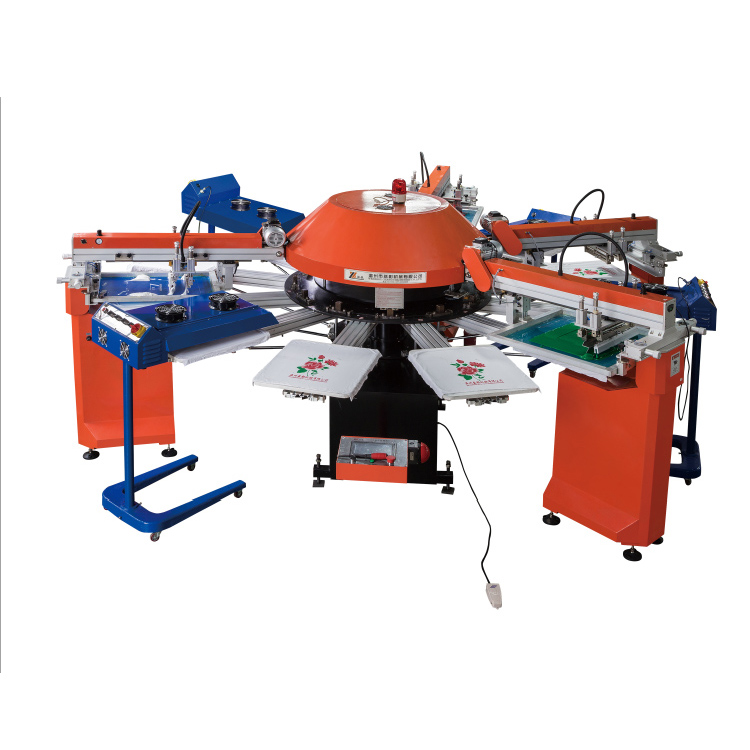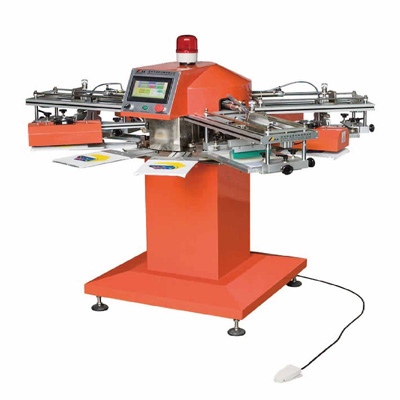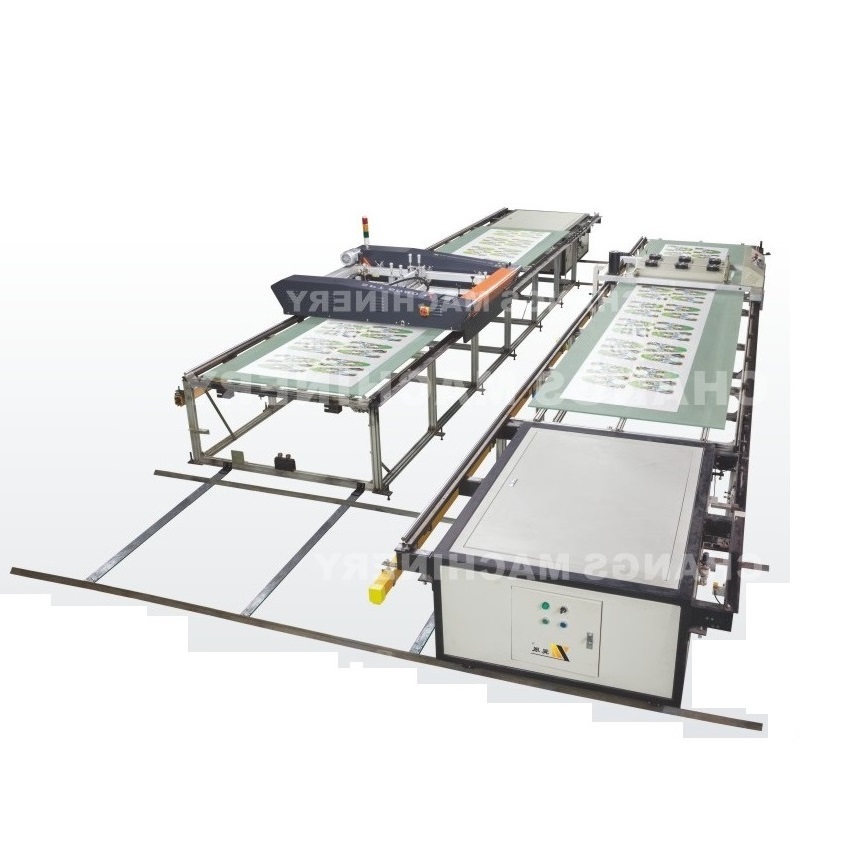In today's printing industry, both Flexo Printing Machines and digital printing hold important positions. They each have their own characteristics and have complementary and competitive relationships in different aspects.
I. Differences in Working Principles and Characteristics
1. Principles and Advantages of Flexo Printing Machines
A Flexo Printing Machine supplies ink to a flexible printing plate through an anilox roll, and then the printing plate transfers the ink to the substrate. Its advantages lie in its suitability for large - scale production, high printing speed, the ability to use water - based inks, which is environmentally friendly, and it can print on a variety of substrates such as paper, plastic films, metal foils, etc., showing strong adaptability. For example, in the common corrugated cardboard printing in the packaging industry, Flexo Printing Machines can meet the needs of large - scale packaging production with their fast and efficient characteristics.
2. Principles and Characteristics of Digital Printing
Digital printing directly transmits digital graphic and text information to the printing equipment for printing without the need for a printing plate. Its greatest advantages are flexibility and personalization. It can achieve short - run printing, respond quickly to customer needs, and can change the printing content at any time according to customer requirements. For instance, when making personalized photo books or small - batch brochures, digital printing can give full play to its unique advantages.
II. Complementary Relationships
1. Complementary in Production Scale
In terms of production scale, the two complement each other well. Flexo Printing Machines are suitable for long - run printing. When a large number of products with the same content need to be printed, such as the product labels of large - scale supermarkets, the outer packaging of beverage bottles, etc., the high - efficiency and low - cost advantages of Flexo Printing Machines are obvious. While digital printing excels in short - run printing. For example, internal training materials of enterprises, promotional posters for small - scale events, etc., digital printing requires no plate - making, has a short preparation time, and can quickly complete the printing task.
2. Complementary in Printing Content
From the perspective of printing content, flexo printing performs excellently in color consistency and solid color block printing, and is suitable for printing products with stable color requirements and relatively fixed patterns, such as common brand packaging. Digital printing, on the other hand, is good at handling complex and changeable graphic and text information. For personalized customized products, where the printing content of each copy may be different, digital printing can easily handle it. The combination of the two can meet the diverse printing needs in the market.
III. Competitive Relationships
1. Competition in Cost
In terms of cost, there is certain competition between the two. For long - run printing, although the initial equipment investment and plate - making costs of Flexo Printing Machines are high, the unit printing cost will significantly decrease as the number of printed copies increases. Since digital printing does not require plate - making, the initial cost is low, but the unit printing cost is relatively high. Therefore, in the long - run printing market, digital printing has difficulty competing with Flexo Printing Machines. However, in the short - run printing field, the low - cost advantage of digital printing stands out, and Flexo Printing Machines are hard to compete in this regard due to the existence of initial costs such as plate - making.
2. Competition in Market Share
In the battle for market share, the two also compete fiercely. In the packaging printing field, Flexo Printing Machines occupy a large market share by virtue of their advantages in large - scale production and adaptability to the printing of various packaging materials. However, with the increasing demand for personalized packaging from consumers, digital printing has also begun to emerge in the packaging field. By providing customized packaging printing services, it gradually seizes part of the market share. The same is true in the commercial printing field. The flexibility and fast - delivery capabilities of digital printing have attracted many customers who have requirements for printing timeliness and personalization, and compete with Flexo Printing Machines.
Flexo Printing Machines and digital printing each have their own merits in the printing industry. Their complementary and competitive relationships jointly promote the continuous development of the printing industry to meet the increasingly diverse and personalized needs of the market. In the future, with the continuous progress of technology, the two may be further integrated to create more diverse printing solutions.
-0927.jpg)






